Are Plastic Water Bottles Safe?

Do you regularly drink from plastic water bottles, be they single use plastic or reusable water bottles? If so, then this post is for you. Although plastic bottles provide convenience and portability for staying hydrated on the go, they arouse many concerns, too. In my opinion, unless water from plastic bottles is the only drinking water available to you, it is best to avoid it.
In this blog post, you will learn why water from plastic bottles is not safe to drink. Drinking water from plastic bottles involves health risks and harmful effects on the environment due to plastic waste. Read on to see what alternatives to plastic water bottles exist and how you can avoid drinking water from plastic bottles. And if you drink or are considering drinking alkaline water, you will benefit from my post Is Alkaline Water Better For You?.
Are Plastic Water Bottles Safe?
To begin, I believe that there is no safe plastic. Unless you find yourself in an emergency or a region with contaminated drinking water, it is not safe to drink from plastic bottles. Indeed, plastic products contain complex mixtures of harmful chemicals that may leach into water and potentially cause health problems.
True, BPA and phthalates are some of the most harmful chemicals in plastic (source). In this study of polycarbonate bottles (that is, hard-plastic reusable water bottles), the researchers discovered elevated levels of BPA in the urine of people who drank from such bottles. Among other things, BPA is linked to endocrine disorders, infertility, breast cancer, prostate cancer, and metabolic disorders, such as polycystic ovary syndrome (PCOS) (source). And in this study, the author presents supportive evidence that phthalates and other endocrine disruptors may leach into the contents of bottles made from polyethylene terephthalate (PET), commonly used for single use plastic bottles.
However, these are not the only chemicals in plastic, and a “BPA-free” label doesn’t mean much. Because all plastic requires the use of a plasticizer, manufacturers often use other harmful chemicals instead of BPA.
Thus, in this study, researchers performed migration experiments for over 10 days at 40°C (104°F) using 24 everyday plastic products. They found that between 1% and 88% of the chemicals in plastic products were migrating into water. In fact, more than 4,000 chemicals have been associated with plastic packaging. The scientists concluded that plastic readily leaches chemicals, some of which are toxic, in vitro. Moreover, they stated that there are many more plastic chemicals than current public health science and policies even consider.
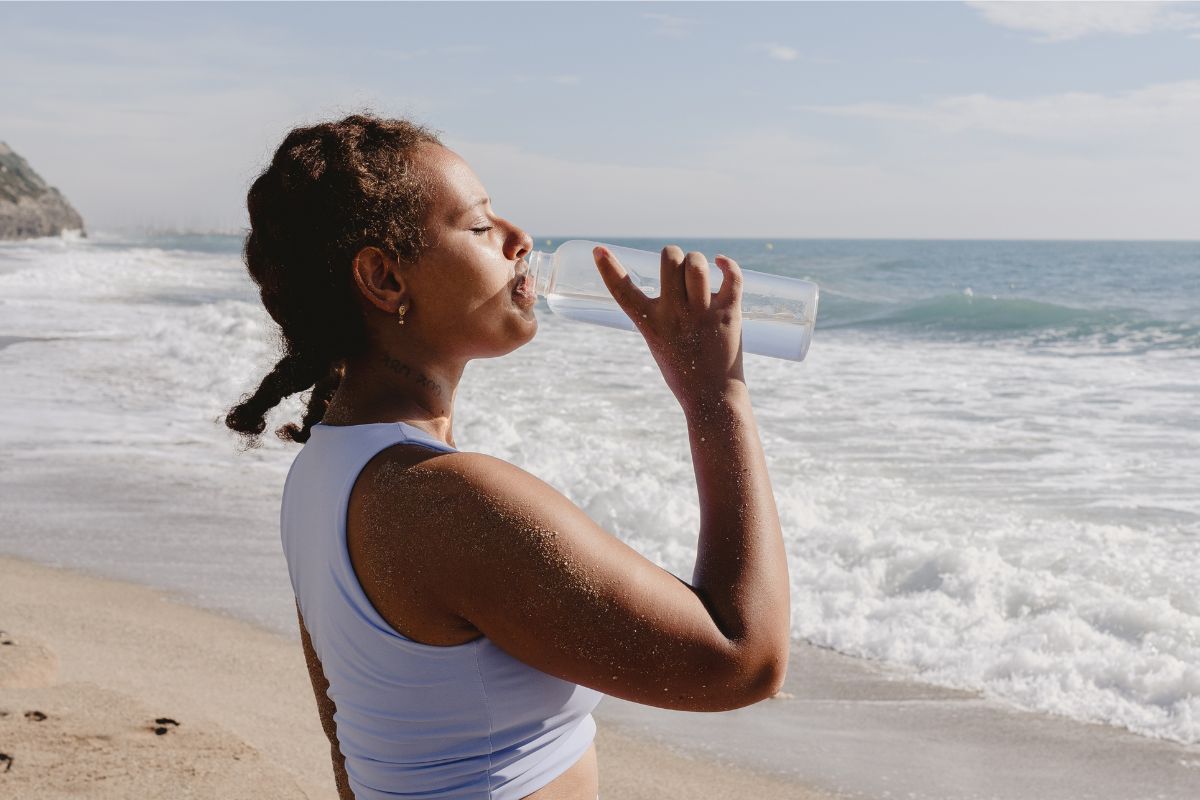
The Danger of Plastic Bottles To Humans And The Environment
For starters, every day, people around the world discard millions of water bottles. Allegedly, it can take up to 700 years for a single plastic bottle to biodegrade (source)! Plastic waste cannot but have negative consequences for the ecosystem, posing a health risk to humans, flora, and fauna.
In the environment, plastic breaks down into microplastics that eventually come back to us in our food and water. Yes, microplastics end up in our bodies through inhalation of particles in the air and ingestion of food, as well as both bottled water and tap water. In this study, using a special technique, researchers tested drinking water from single use plastic bottles, glass bottles, and beverage cartons. They discovered small (50-500 μm) and very small (1-50 μm) microplastic fragments in every type of drinking water. Further, in animal studies, exposure to microplastics were shown to cause inflammation, endocrine disruption, immunity and metabolism disorders, as well as other ailments (source).
If you rely on recycling, know that not all plastic can be recycled, either. Moreover, for certain reasons, only a small part of plastic rubbish gets recycled. For one, plastics differ in chemical compositions and additives, so there is a possibility of cross contamination. Plus, it is time-consuming to separate plastics from other recyclables and differentiate between the various plastic types. Hence, low cost-effectiveness of recycling and general trash overload result in dumping plastics rather than recycling them (source).
How Long Is Water Safe In Plastic Bottles?
Most would argue that bottled water is “safe” for up to 2 years unopened and 2 days if opened. Expiration dates on bottled water echo this 2-year shelf life rule. However, there are too many environmental circumstances that could affect water quality to give a definitive timeline of expiry. Indeed, plastic in high temperatures or plastic exposed to UV light will leach and decay much more quickly than a bottle in a cool, dark place.
If you choose to continue drinking water from plastic bottles, make sure you keep them in a favorable storage location. Additionally, do not drink bottled water more than two days after opening and never refill single use plastic bottles. This should help maintain the safety of your water.
Bear in mind that plastic bottled water has safer alternatives like Mountain Valley Spring Water. It comes in a glass bottle and, hence, reduces the risk of ingesting harmful chemicals from plastic.
Side Effects Of Drinking Water From Plastic Bottles
As I was researching this subject, every scientific paper and study I read kept bringing me to the same conclusion. Specifically, the main side effect of drinking water from plastic bottles is exposure to endocrine disruptors (source and source). The problem with them is that they interfere with the body’s endocrine system and produce various kinds of adverse effects in humans including:
- developmental
- reproductive
- neurological, and
- immune (source).
Among scientists, there has been interest in the side effects of microplastics on both human health and the viability of the ecosystem. Though more studies are necessary, researchers suspect microplastics of increasing such health risks as:
- carcinogenesis (source)
- cytotoxicity (source)
- disturbances in the gastrointestinal tract (source)
- obesity (source)
- oxidative stress and inflammation (source)
- reproductive and developmental toxicity (source).
Which Plastic Bottles Are Safe For Drinking Water?
No plastic bottles are safe for drinking water. However, if you’re looking for a bottled water alternative, Mountain Valley Spring Water is the safest option. It comes in glass bottles, so there are few health risks when compared to plastic bottle alternatives.
I used a Tap Score testing kit to study Mountain Valley Spring Water and had good results. There were no bacteria, disinfectant by-products, heavy metals, or nitrates. However, there was still 0.1 ppm of naturally occurring fluoride. (For some perspective, municipalities generally raise fluoride levels in tap water to 0.7 ppm.) Additionally, I can’t confirm the absence of PFAS and radium since the test I used does not offer results on those two contaminants. You can see the full test report here.

How To Avoid Drinking Water From Plastic Bottles
Stainless Steel or Glass Bottles
Though Mountain Valley Spring Water is an option, the best way to safely drink water and avoid plastic waste is to first filter your tap water yourself, and then store it in a stainless steel or glass bottle.
When it comes to stainless steel bottles, be aware that they tend to have sealing dots on the outside of the bottom. These dots, if not properly covered, may expose you to lead. I did research into water bottles to find the safest options. You can learn more about that and sealing dots in my post about water bottles. As for my top recommendations, they are as follows:
- Klean Kanteen stainless steel water bottle
- Hydro Flask stainless steel water bottles, and
- Life Factory glass bottles.
Home Water Filtration System
Before you place that tap water inside your reusable water bottle, ensure it is properly purified through a home filtration system. We cannot rely solely on municipalities to deliver safe drinking water. This is partially due to the necessity of using certain chemicals to purify tap water from bacteria, algae, viruses, and fungi. However, regardless of the necessity or convenience of these chemicals, they are still not safe to drink, especially chlorine and chloramine, along with their by-products (source).
Even if your water is relatively clean, due to the presence of water treatment chemicals, your water needs to be filtered through a high-quality home filtration system. (Learn more about filtered water here.)
Personally, I have a Pure Effect water filtration system installed. But I definitely recommend turning to Clean Water Revival for assistance in getting a water filtration system for your water contaminants and your needs. They will help you understand which filtering media will work best for your water, and you may even save on water testing. However, if you would like to choose your water filter by yourself, make sure to test your water first to see which contaminants you need to focus on. The water testing kit I have used on my water is Tap Score. (Email me for a 10% discount code and learn more about Tap Score water testing kits here.)
Water Filter Pitcher
If a whole-house or under-the-sink water filtration system is not possible for you, a water pitcher that filters out these same contaminants is another suitable solution. Epic Pure Water Filter Pitchers use solid carbon block filters to remove contaminants. To clarify, carbon block filters have a larger surface area than granular activated carbon filters, commonly used in water filter pitchers. Hence, they should be more effective at capturing the contaminants.
You can learn more about Epic and why it scored well in the Modern Castle water pitcher testing in my post Epic Pure Water Filter Pitcher. Plus, you will find a 20% discount code there, too.
Conclusion About Drinking From Plastic Bottles
Since There Are No Safe Plastic Water Bottles, Consider Using Stainless Steel Or Glass Water Bottles Instead.
In sum, if you want to drink healthy water, you must avoid plastic water bottles. There are no two ways about it. There are concerning contamination issues with all types of plastic (not just BPA plastic) that should persuade us all to seek safer alternatives. For those of you with a preference for bottled spring water or alkaline water, review my posts on the efficacy and safety of spring water and alkaline water.
Beyond the health risks of plastic bottled water, it is wise to also remember the ecological dangers of plastic waste.
For all these reasons, consider using a home filtration system paired with a non-toxic water bottle. This will result in the safest possible drinking water every time.
For more information on healthy living and safe alternatives to toxic products, browse the I Read Labels For You blog. There is a wide range of topics covered to help you establish a non-toxic home. For your convenience, visit the I Read Labels For You shop to find non-toxic products for you and your friends and family. And remember to check out my e-books and services.
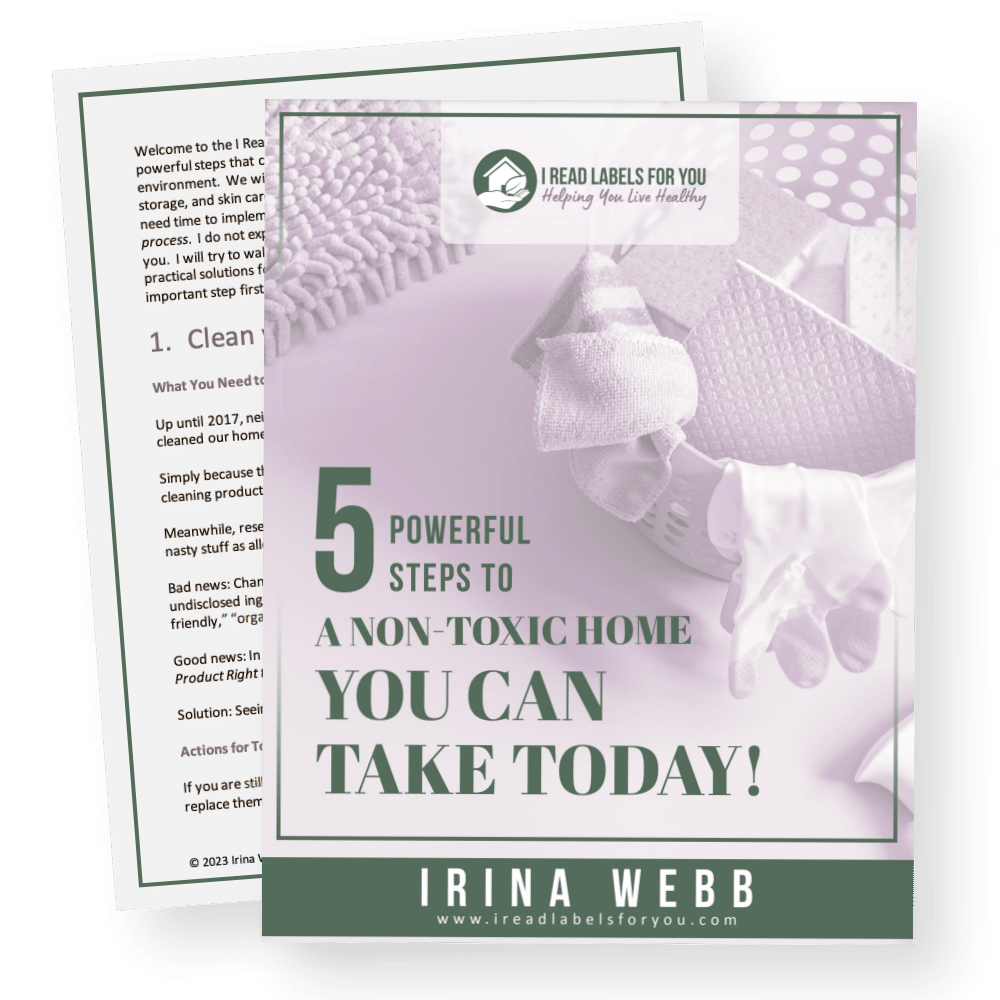
Download The Free Guide!
5 Powerful Steps To A Non-Toxic Home
Join our informed consumer community and get our free guide the “5 Powerful Steps To A Non-Toxic Home”.

 Written by
Written by 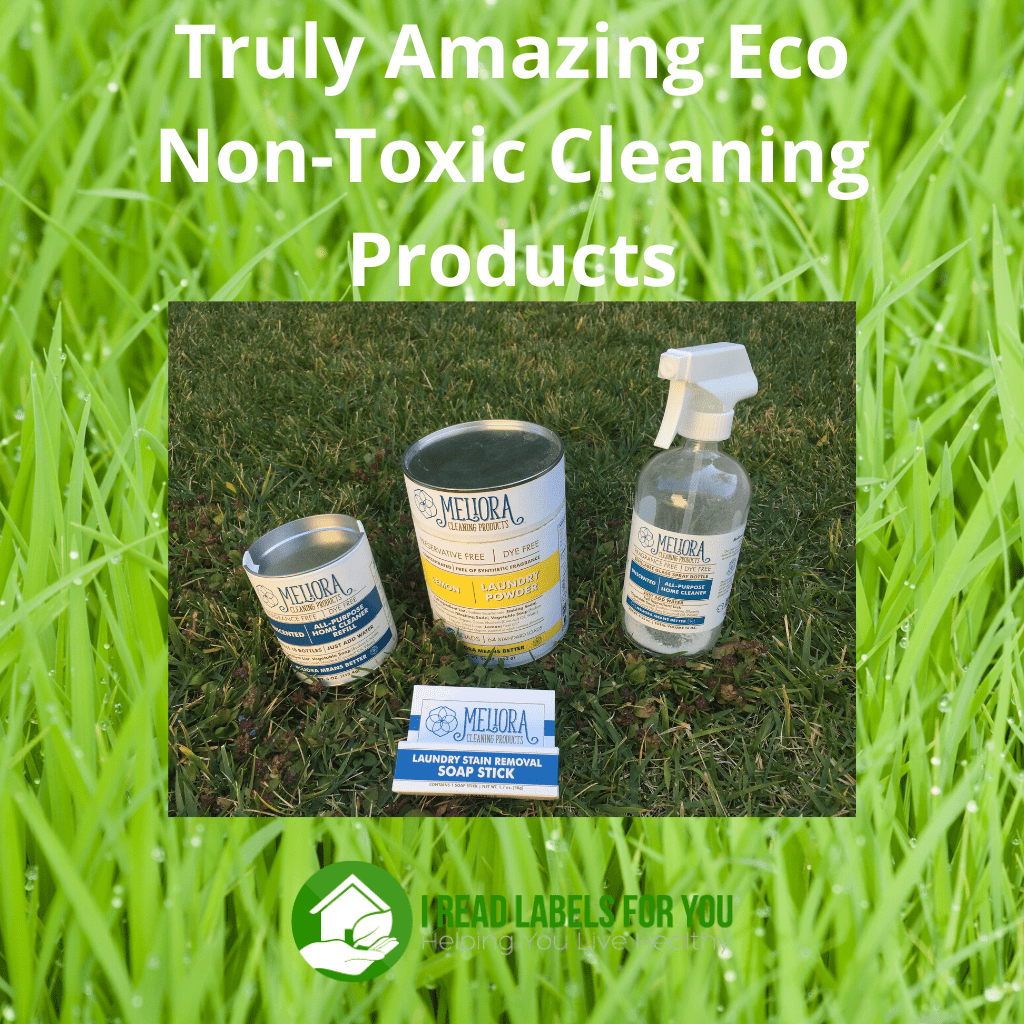


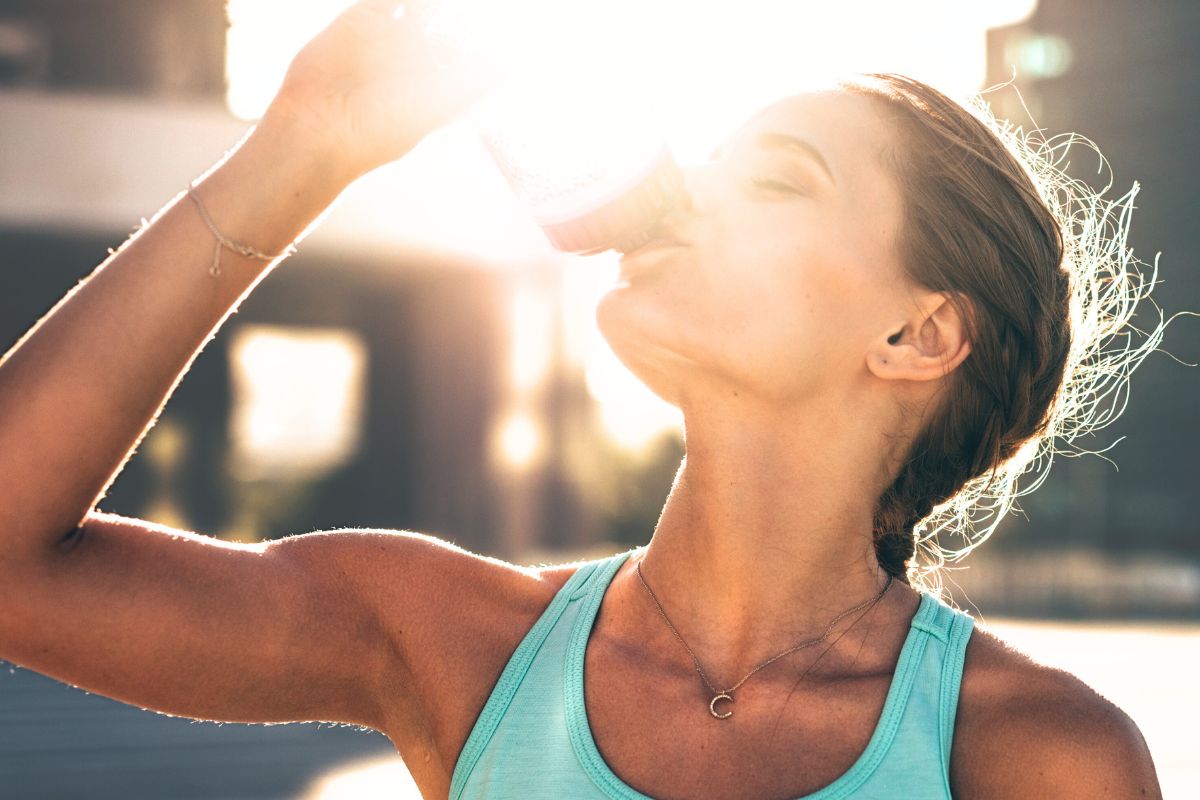

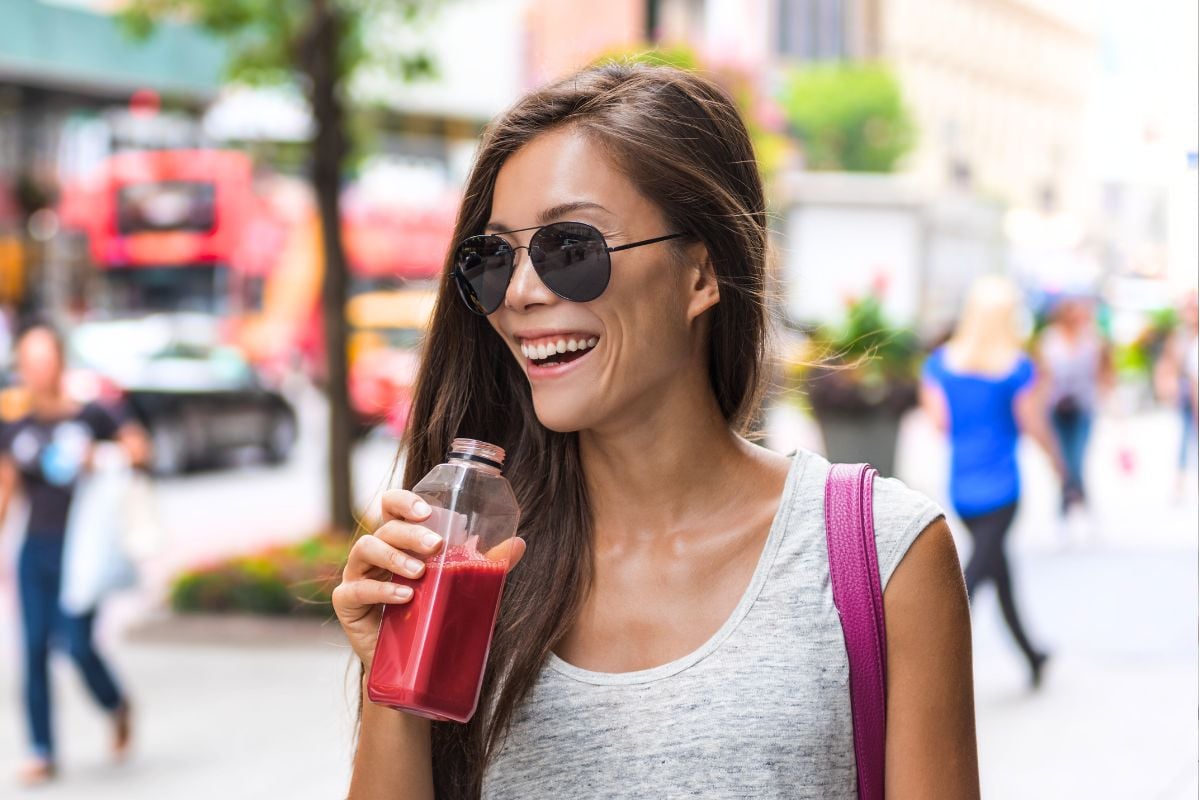
Before commenting, please read our Comment Policy.